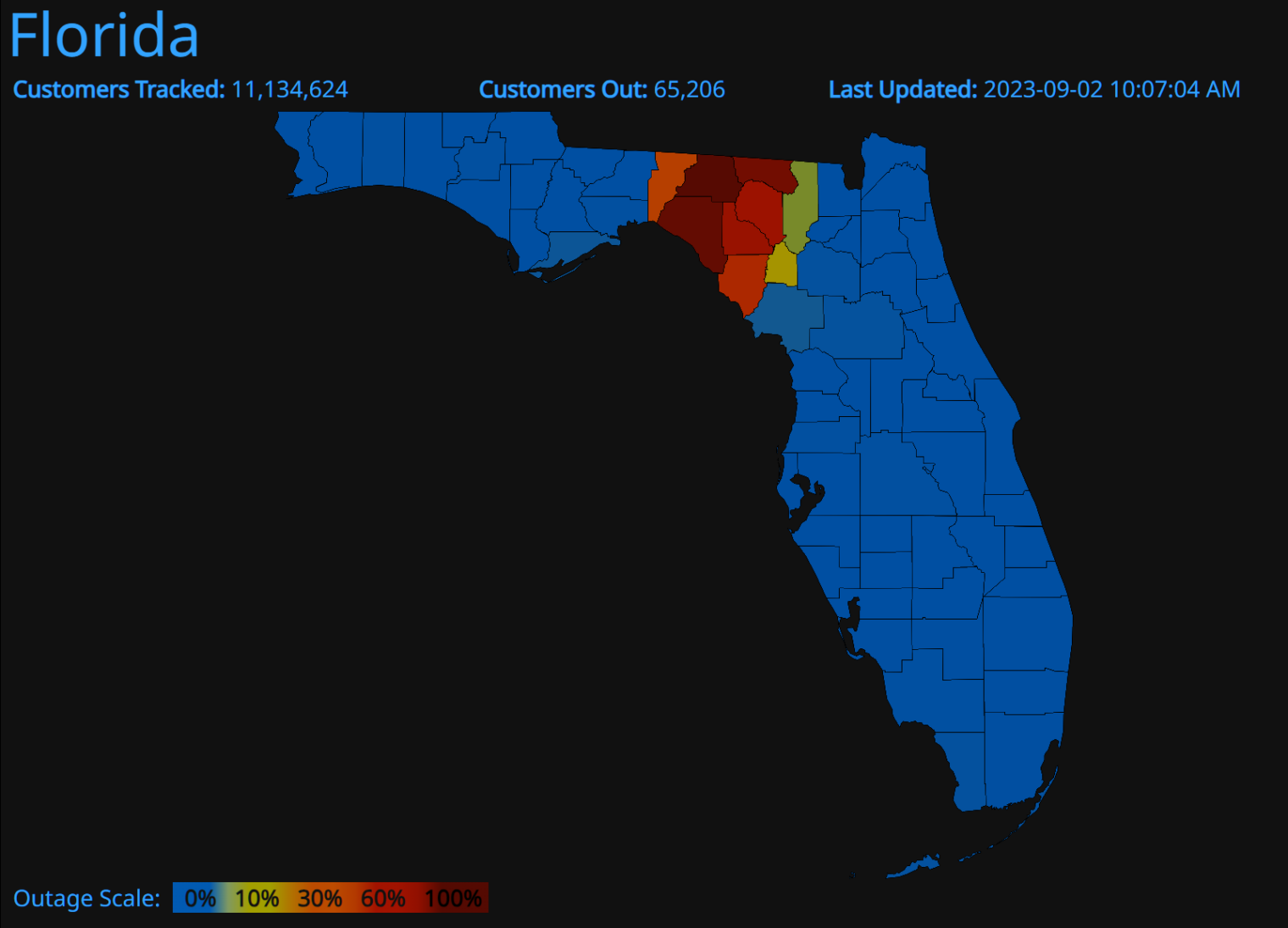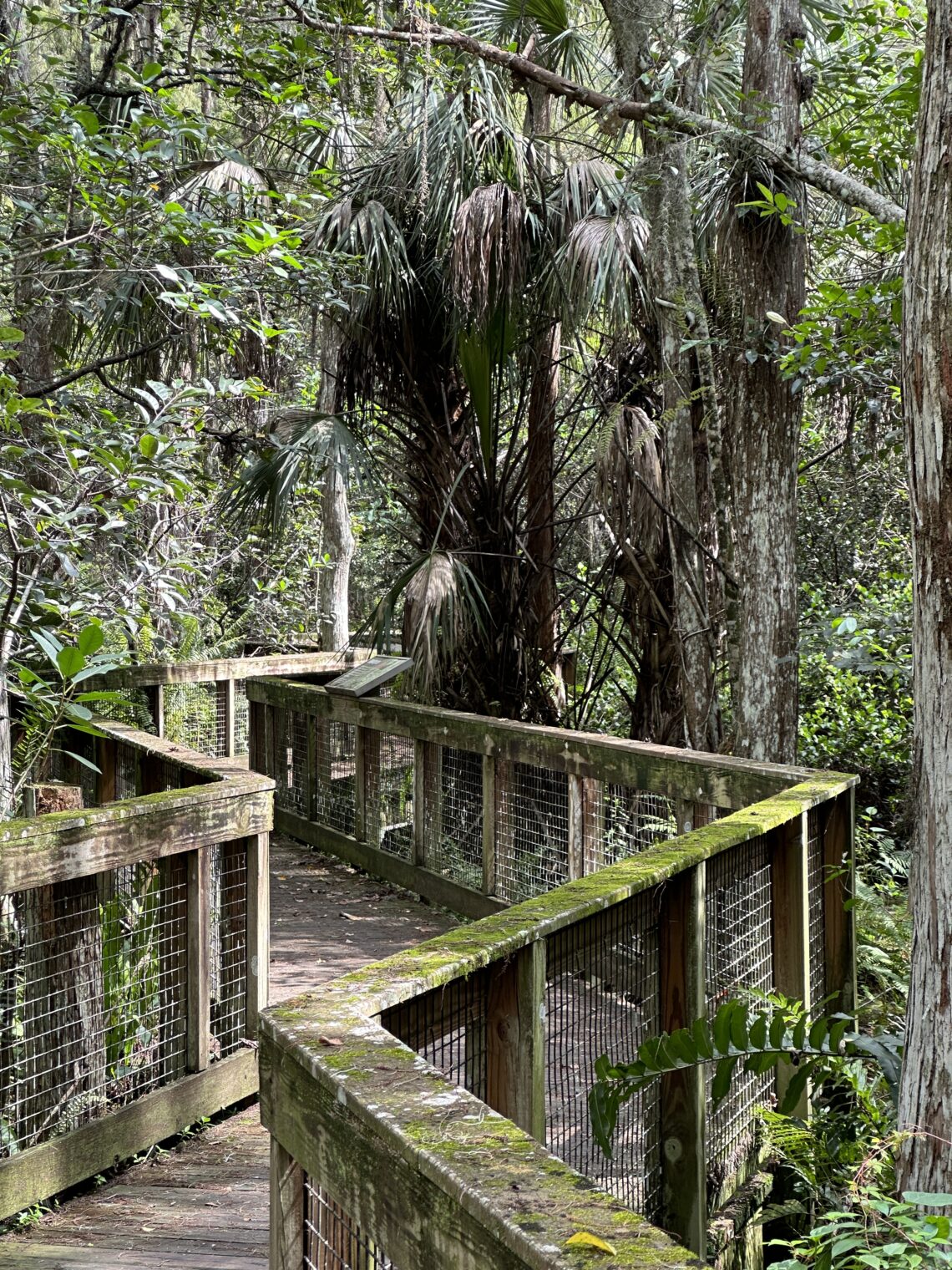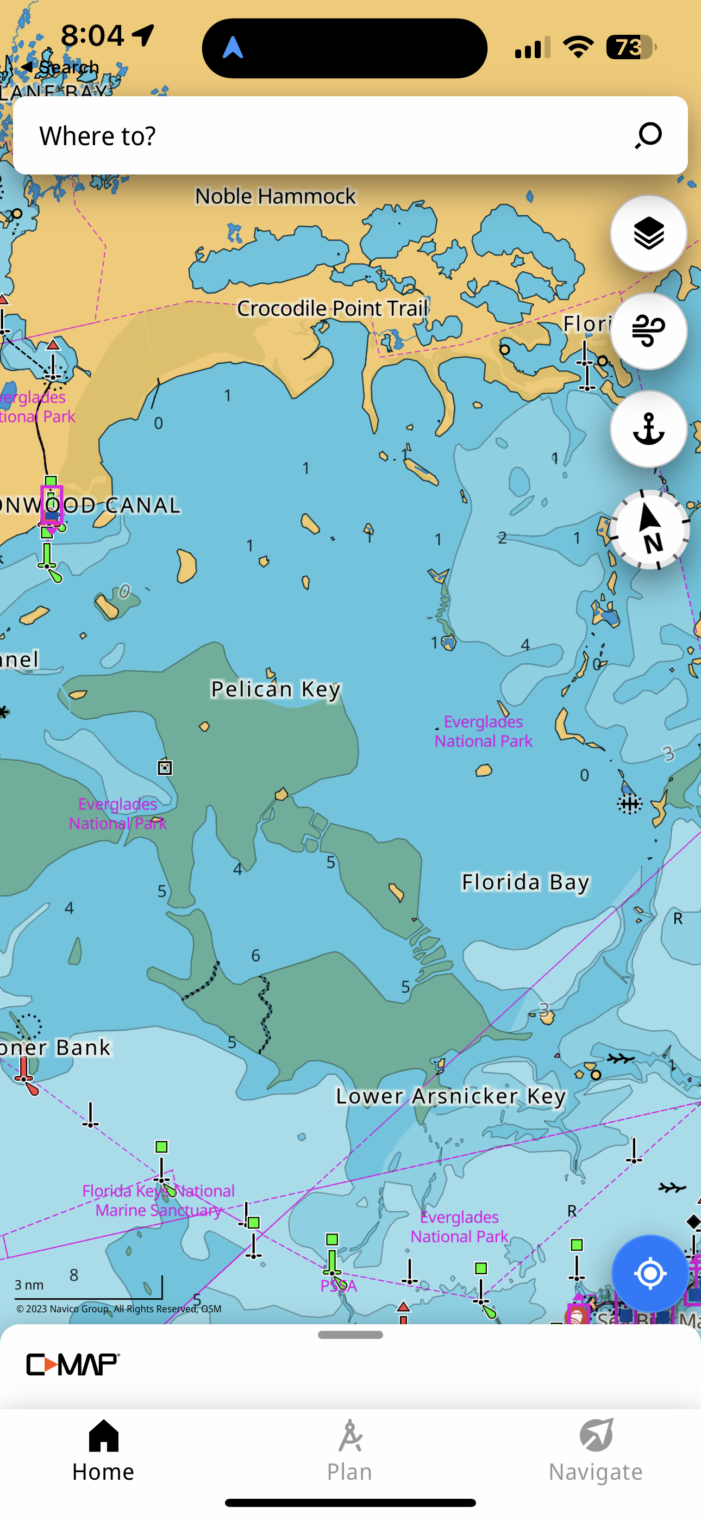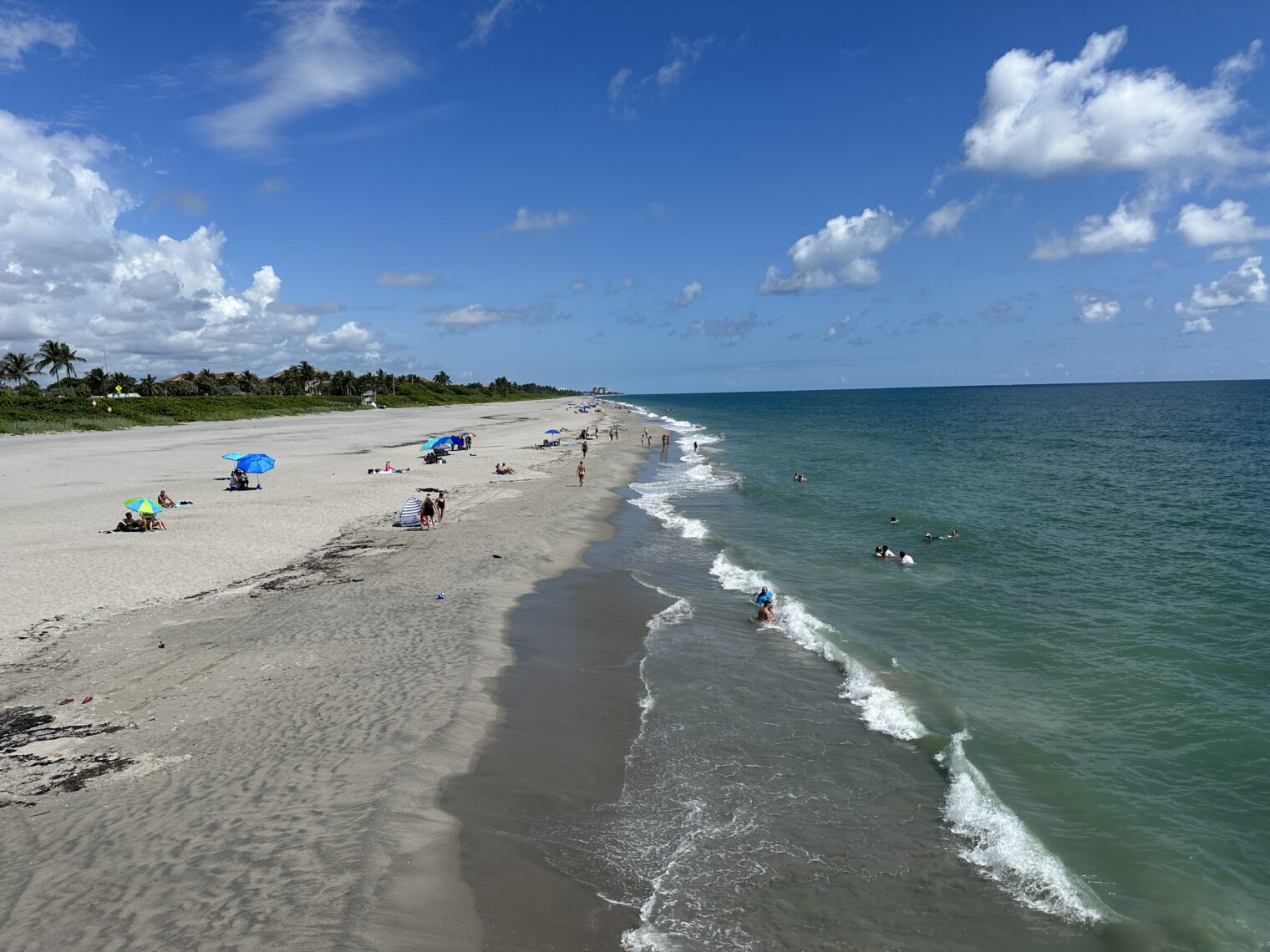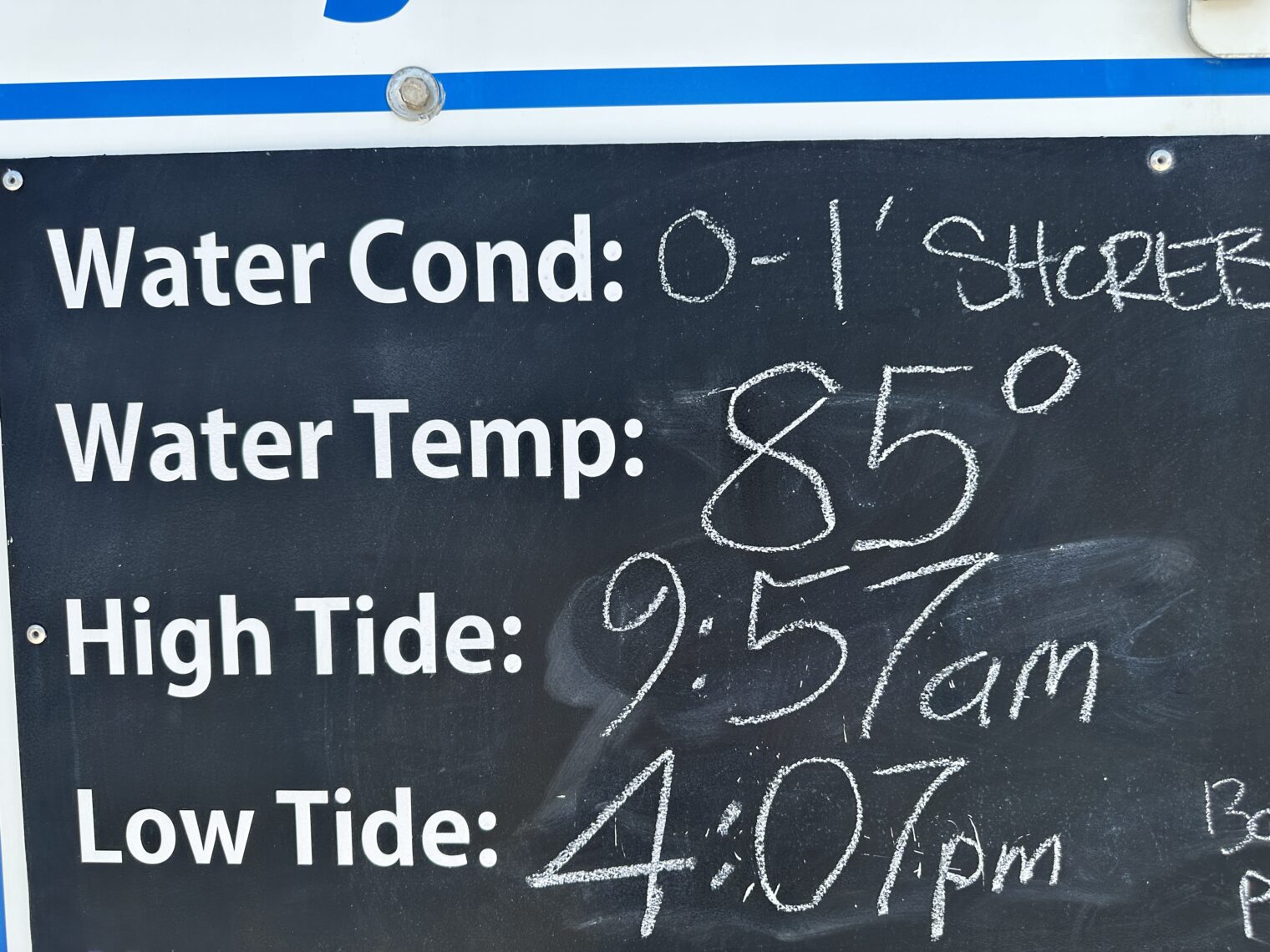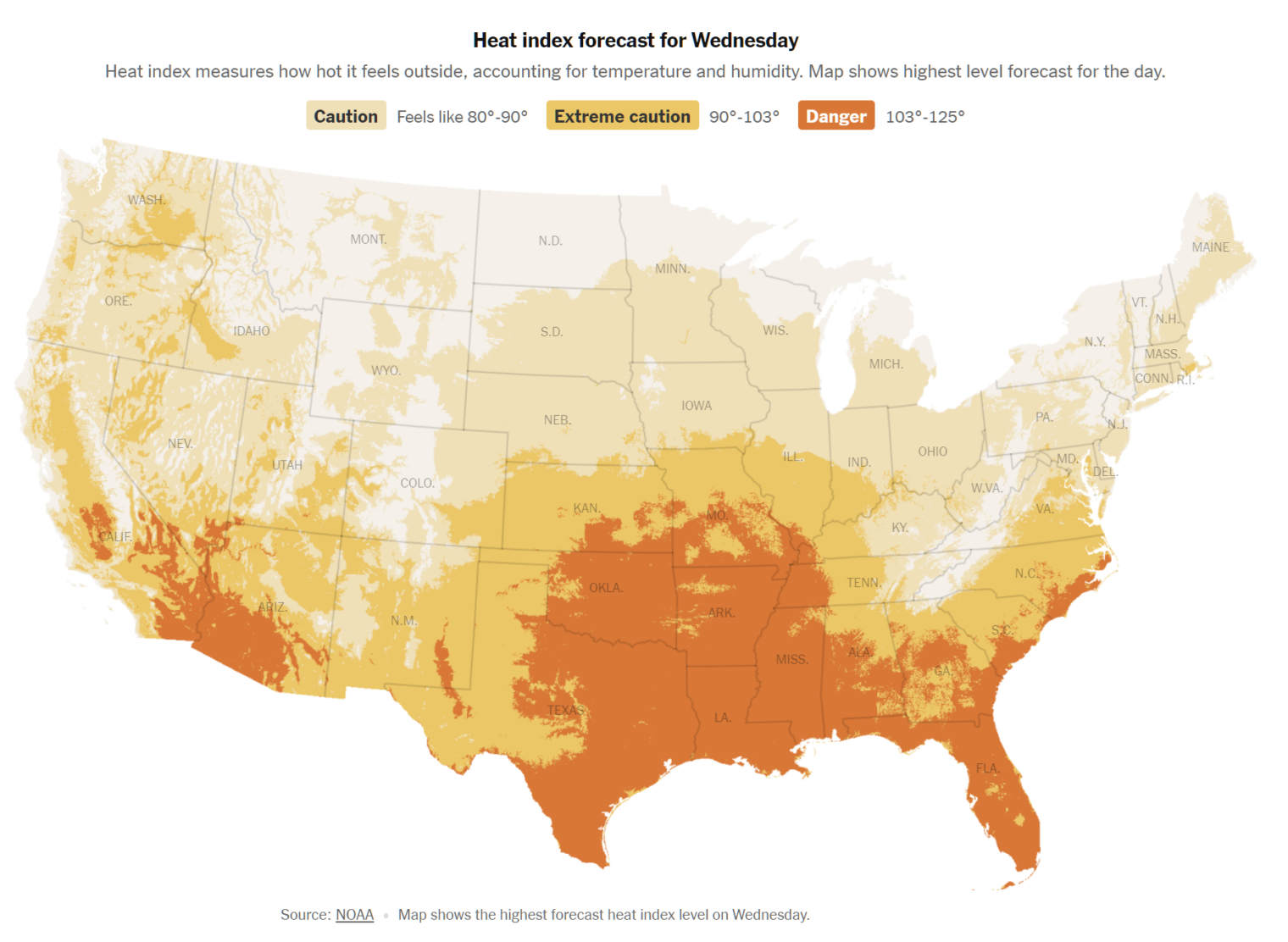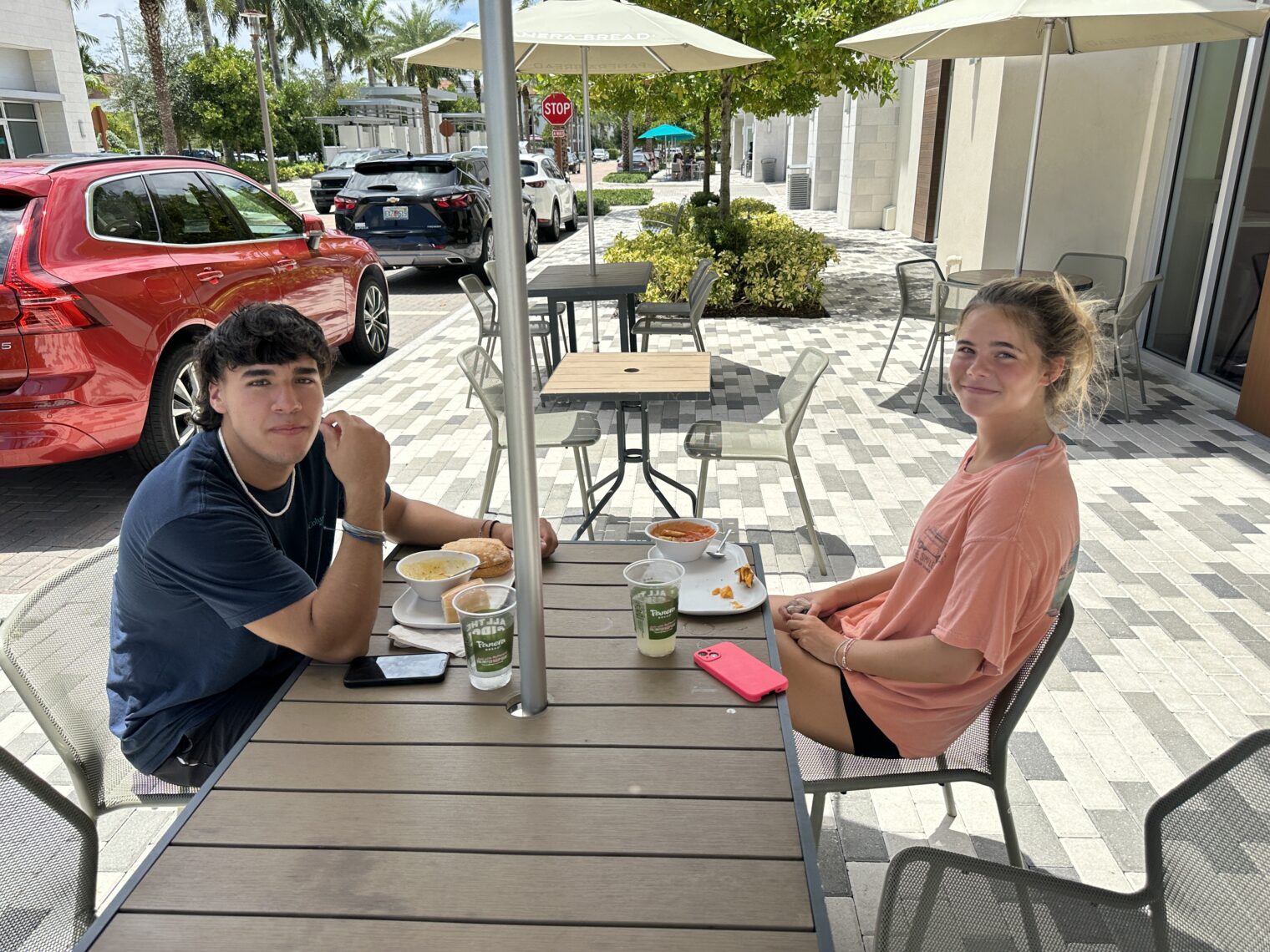The accident chain, hurricane-proof garage door edition
The high price of homeowner’s insurance is one of the rare Florida problems that is not exaggerated by New York-based media (an organized attempt to stem the tax base exodus?). Folks near, but not on, the ocean can expect to pay about 0.7 percent of the structure value (not including the land) annually. Hoping to bring this down to 0.6 percent, and also insulate the recently-air-conditioned garage, I decided to swap out the 20-year-old wind-rated garage door for one that is wind- and impact-rated.
So what if the garage door is damaged in a hurricane? A car parked inside can’t be blown away. The rest of the junk in the garage is probably stuff that you didn’t need anyway. It turns out, however, that if the garage door fails it can open the house up to so much wind pressure that the roof is blown off.
Clopay, the manufacturer of our new 9200 door, configured it for shipment with 10 struts instead of the 5 that actually fit. This was the beginning of what in aviation is called “the accident chain”, a sequence of events that start small and eventually lead to the loss of an airframe. Clopay apparently delivered a kit with both 50 KSI 16-gauge steel struts and also the 80 KSI 15-gauge struts that are required for the W8 wind load that I paid for.
With 10 struts installed instead of 5, the door would weigh a spectacular 703 lbs. So Clopay also included two super heavy springs (the “#7 light blue” ones above). And they included non-standard big drums for the cables.
The high-school graduates (maybe?) who installed the door apparently didn’t get concerned about the extra struts. They put on the 50 KSI weaker struts, as it happens, thus rendering the door a W6 door.
The building inspector said that the result wasn’t right as far as the spring balance was concerned, but that he couldn’t fail the door installation because of that. He didn’t notice that the struts were stamped with “50 KSI” and that this marking didn’t match the “80 KSI” on the engineering drawing filed with the town.
While I was on an aviation hop up to Montreal and back, the installers came out to swap the springs and left without considering it odd that the door was as heavy to lift, once disconnected from the opener, as a 100+ lb. barbell. A properly balanced door can be lifted with a couple of fingers:
I began digging into this and discovered the 50 KSI struts that should have been 80 KSI. The result, of course, was everyone being angry with me. The installers, who’d been out 3 or 4 times total, were upset that I was hassling them and they weren’t at all contrite about having put in struts that didn’t match the engineering drawings, the building permit, or what was required to protect against the next climate-change-driven hurricane. The manufacturer tech support guy was upset because he said it was the installer’s job to calculate and fix everything (does it make sense for the manufacturer to send the installer a bunch of extra parts and the wrong springs and then hope that the installer will be able to do the engineering calculations that the manufacturer couldn’t do correctly?).
Here’s what I learned: if you live in Florida or some other hurricane-prone region, make sure that the struts on the back of the door actually are the right strength! Also, disconnect the door from the opener every now and then and check the balance.
Separately, a shout-out to Chamberlain and the Mexicans who assembled our 1/3 HP opener back in February 2003. This 20-year veteran has thus far survived the abuse of having to lift 5X the weight for which it was designed.
Related:
- “Buffett’s Florida Bet Bodes Well for Troubled Insurance Market” (Washington Post, July 21, 2023): Last December, Florida’s legislature passed a controversial but necessary set of reforms aimed at shoring up the state’s teetering property insurance market, where a string of insurers had canceled policies and even filed for bankruptcy, leaving homeowners with dwindling options. [note that Governor DeSantis, who is typically blamed for laws passed by the legislature, does not get credit for this insurance “reform”!] … It’s also the top state for property insurance-related lawsuits, which companies contend are frequently frivolous and often fraudulent, pushing the cost of doing business even higher. … In remarks at Berkshire’s 2023 annual meeting, Vice Chairman of Insurance Operations Ajit Jain said the firm had boosted its property-catastrophe exposure by nearly 50% this year, including up to $15 billion now at risk in Florida. … Among other things, the package sought to curb the nuisance litigation by ending the so-called one-way attorney fee statute. Until the change, insurers had to pay prevailing plaintiffs’ attorney fees, an arrangement that the industry says incentivized frivolous lawsuits and helped build a cottage industry around exploitation of the system. In the most egregious cases, contractors would goad homeowners into filing claims under false pretenses, and insurers were often forced to settle to protect against soaring legal fees. Reinsurers in particular are “optimistic that between [higher prices] and the litigation reforms that Florida is becoming more attractive,” Frank Nutter, president of the Reinsurance Association of America, told me by phone on Tuesday.
- “State Farm doubles down on Florida after Farmers Insurance pulls back” (Deplorable Fox, July 14, 2023): State Farm says it’s sticking with Florida months after ceasing new applications in California … [the company] sees more opportunity [in Florida], thanks to the state’s recent reforms for the industry. … DeSantis press secretary, Jeremy Redfern, said that since that time, the main issue driving up costs for insurers in the state has been excessive litigation. So, in recent years, the state legislature passed a series of reforms signed into law by DeSantis to address the issues. [Fox credits DeSantis while the Washington Post ignores him!] … The company’s statement added, “We are encouraged by the recent insurance reforms and efforts to curb legal system abuse, and we will continue to work constructively with the Florida Legislature and the Office of Insurance Regulation to improve the marketplace on behalf of our Florida customers.”
- Effect on children’s wealth when parents move to Florida (the main reason to choose a state these days, of course, is whether you agree with the goals of the state/local government (vastly more powerful since 2020), but it still might be interesting to look at the $$. Property tax burden in Florida, as a percentage of value, is similar to in Maskachusetts. Income and estate taxes are 0% in FL compared to top brackets of 9% and 16% in MA. So the person paying more for homeowner’s insurance in FL may find that the tax savings overpower the insurance pain. And, of course, moving into a modern apartment complex dramatically cuts insurance costs, even those paid indirectly via rent. since the typical apartment building is tough for a hurricane to knock over.
- “Changes in Atlantic major hurricane frequency since the late-19th century” (Nature Magazine 2021, by authors from Princeton and NOAA): “there are no significant increases in either basin-wide HU [hurricane] or MH [major hurricane] frequency, or in the MH/HU ratio for the Atlantic basin between 1878 and 2019”






